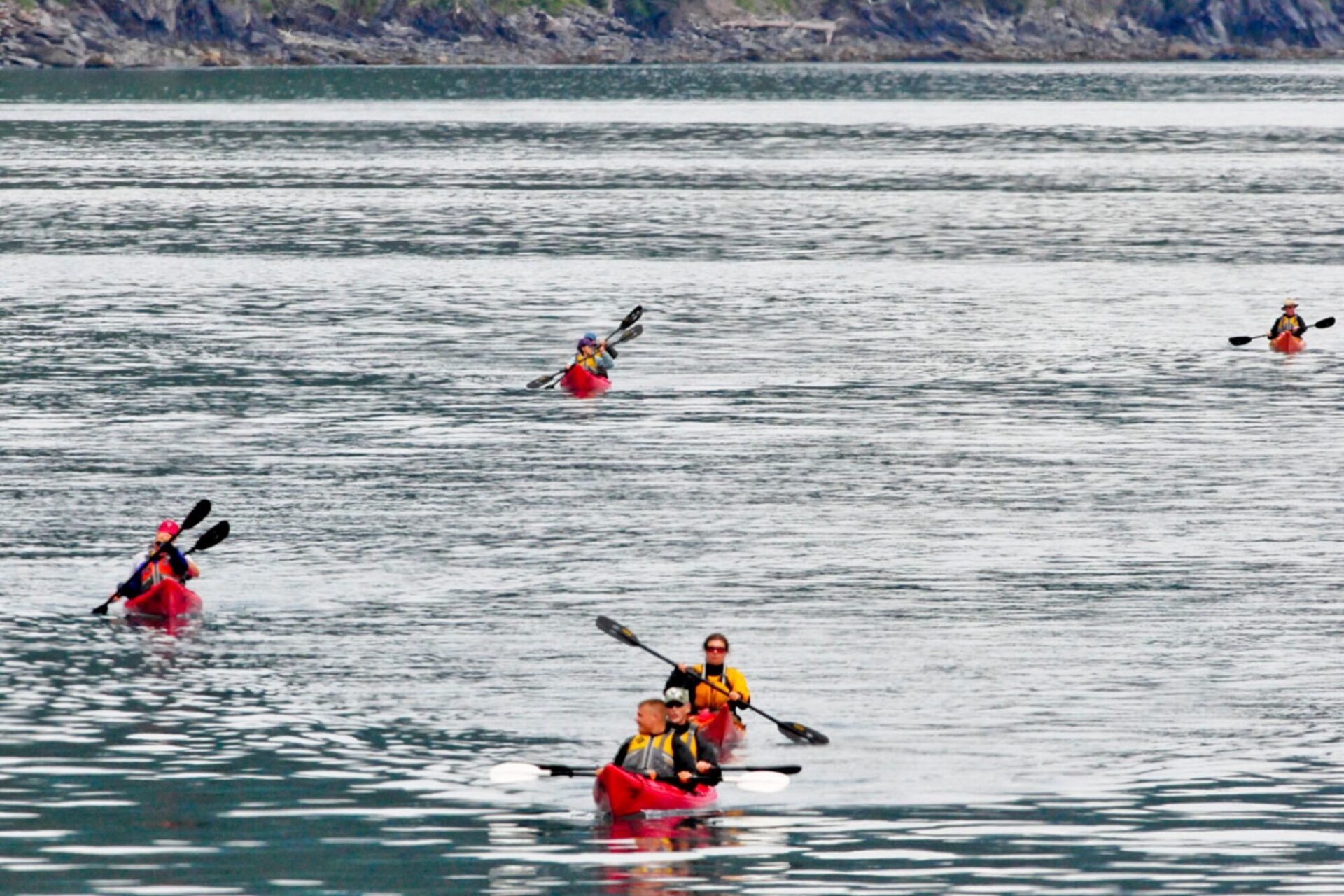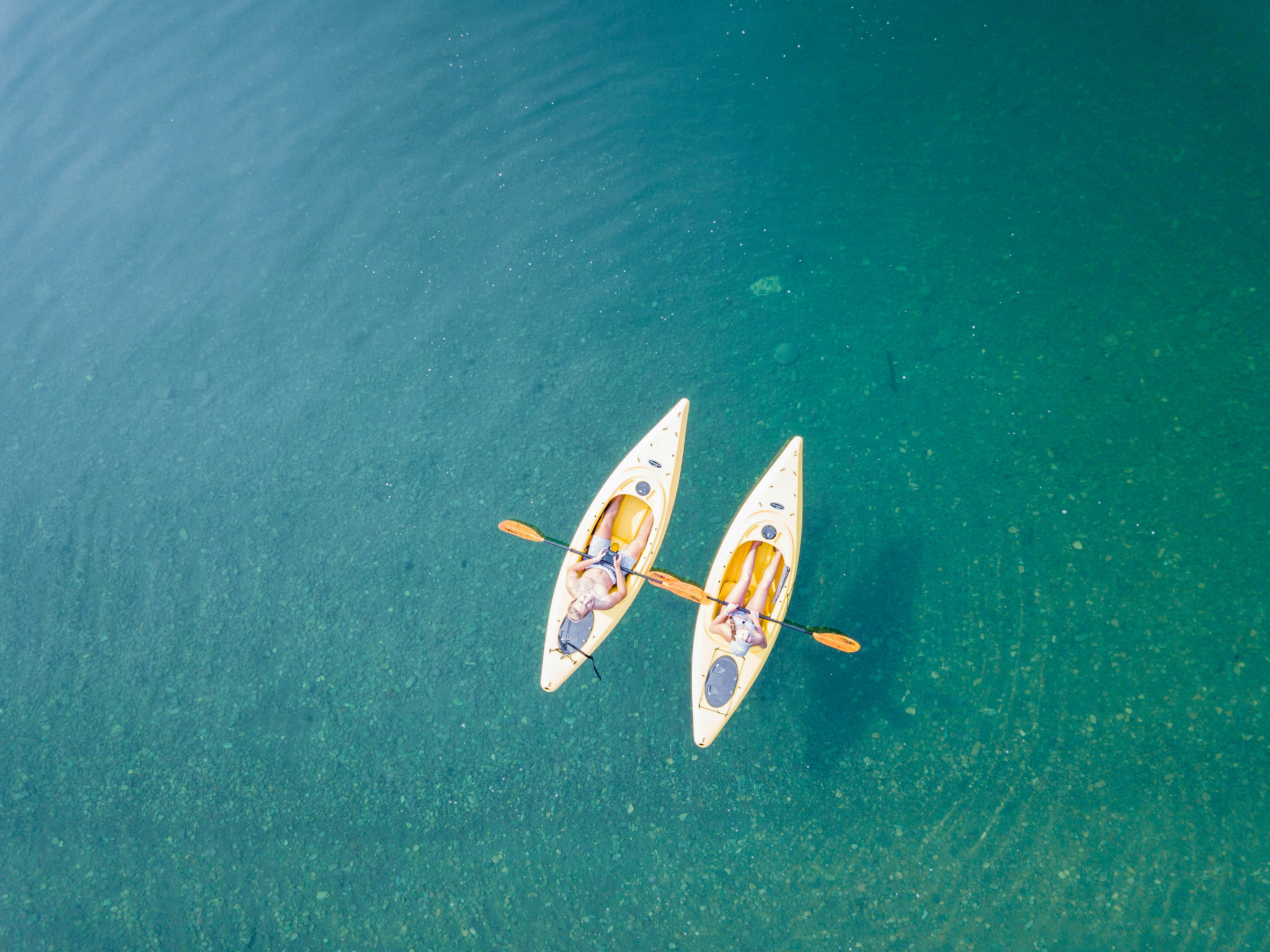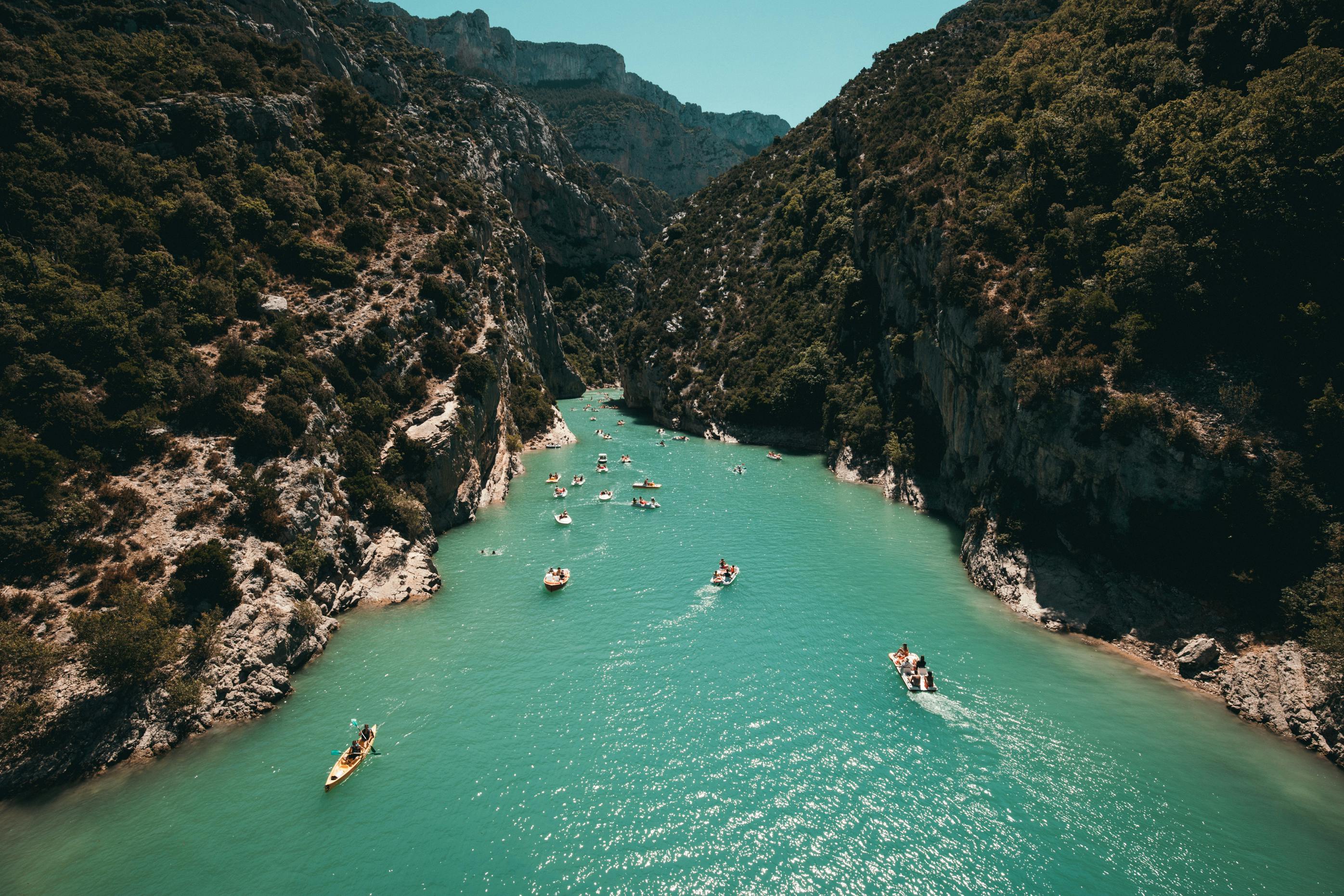Ever wondered if kayaking in the sea is possible against the current? Well, the short answer is yes, you can! But, there’s a lot more to it than just paddling away. Kayaking in the sea is a thrilling adventure that offers an unparalleled connection with nature, but it also comes with its own set of challenges. From understanding the ocean’s behavior to mastering your technique, let’s dive into this sea adventure and explore everything you need to know.
Key Takeaways
- Understanding tides and currents is crucial for safe and effective sea kayaking.
- Proper gear and preparation can make a significant difference in your kayaking experience.
- Training and practice are essential to build the skills needed for open water kayaking.
- Respect for marine life and the environment ensures a sustainable and enjoyable adventure.
Kicking Off Your Sea Kayaking Adventure
Embarking on a sea kayaking adventure is much like setting sail on a mini-expedition. You’re not just paddling along a tranquil lake; you’re navigating the vast and sometimes unpredictable ocean. The first thing to understand is the difference between sea kayaking and river kayaking. According to this insightful article, the primary distinctions lie in the equipment, techniques, and the environment. Sea kayaks are generally longer and more robust, designed to withstand the waves and currents of the ocean.
The Right Gear
Before you even think about hitting the water, make sure you have the right gear. This includes a sturdy sea kayak, a high-quality paddle, a life jacket, and a wetsuit. Don’t forget a spray skirt to keep water out of your kayak, especially in rougher conditions. For a comprehensive checklist, check out The Ultimate Beginner’s Guide to Sea Kayaking.
Safety First
Safety should always be your top priority. Ensure you have a first-aid kit, a whistle, and a marine VHF radio for emergency communication. It’s also wise to inform someone about your kayaking plans and expected return time.
Training and Practice
Like any other sport, sea kayaking requires practice. Start with calm coastal waters before venturing into open waters. Enroll in a sea kayaking course to learn essential skills such as self-rescue techniques, navigation, and understanding tidal patterns.
Kicking Off Your Sea Kayaking Adventure
Embarking on a sea kayaking adventure is much like setting sail on a mini-expedition. You’re not just paddling along a tranquil lake; you’re navigating the vast and sometimes unpredictable ocean. The first thing to understand is the difference between sea kayaking and river kayaking. According to this insightful article, the primary distinctions lie in the equipment, techniques, and the environment. Sea kayaks are generally longer and more robust, designed to withstand the waves and currents of the ocean.
The Right Gear
Before you even think about hitting the water, make sure you have the right gear. This includes a sturdy sea kayak, a high-quality paddle, a life jacket, and a wetsuit. Don’t forget a spray skirt to keep water out of your kayak, especially in rougher conditions. For a comprehensive checklist, check out The Ultimate Beginner’s Guide to Sea Kayaking.
Safety First
Safety should always be your top priority. Ensure you have a first-aid kit, a whistle, and a marine VHF radio for emergency communication. It’s also wise to inform someone about your kayaking plans and expected return time.
Training and Practice
Like any other sport, sea kayaking requires practice. Start with calm coastal waters before venturing into open waters. Enroll in a sea kayaking course to learn essential skills such as self-rescue techniques, navigation, and understanding tidal patterns.
Understanding Tidal Currents in Sea Kayaking
Understanding tidal currents is crucial for sea kayaking. Tides are the rise and fall of sea levels caused by the gravitational forces exerted by the Moon and the Sun. Currents, on the other hand, are the horizontal movement of water. These factors can significantly affect your kayaking experience, especially when you’re trying to paddle against the current.

Source: Joint Base Elmendorf-Richardson
Types of Tidal Currents
There are two main types of tidal currents: flood currents, which occur as the tide rises, and ebb currents, which happen as the tide falls. Knowing the timing and strength of these currents can help you plan your kayaking route more effectively.
Reading Tidal Charts
Tidal charts are indispensable tools for sea kayakers. They provide information about the times of high and low tides and the expected water levels. By studying these charts, you can avoid paddling during the most challenging times.
| Time | High Tide | Low Tide |
|---|---|---|
| 6:00 AM | 5.2 ft | 1.3 ft |
| 12:00 PM | 4.8 ft | 1.0 ft |
| 6:00 PM | 5.5 ft | 1.2 ft |
Using Technology
Modern technology, such as GPS devices and tidal prediction apps, can provide real-time data and help you make informed decisions. These tools can be lifesavers when you’re out on the open water.
Paddling Techniques for Open Water Kayaking
Now that we’ve covered the basics, let’s dive into the paddling techniques that will help you navigate the open waters. Paddling in the sea is different from paddling in calm, flat water. The waves, wind, and currents add an extra layer of complexity that requires specific techniques to master.
Efficient Paddling
Efficiency is key when paddling against the current. Use your core muscles rather than just your arms to paddle. This not only gives you more power but also reduces fatigue. Keep your strokes short and close to the kayak for better control.
Bracing Techniques
Bracing is a technique used to prevent capsizing. It involves using your paddle to stabilize the kayak when you’re hit by a wave or strong current. Practice low and high braces to build your confidence and improve your stability.
Edging
Edging involves leaning your kayak to one side to make sharper turns. This technique is particularly useful when navigating through rough waters or making quick directional changes.
Planning Your Sea Kayak Trips
Planning is essential for a successful sea kayaking trip. From choosing the right route to packing the necessary supplies, every detail matters. Let’s break down the key components of planning a sea kayaking adventure.

Source: Pexels.com
Choosing the Right Route
Your route should match your skill level and physical condition. Beginners should start with shorter routes in sheltered waters, while more experienced kayakers can opt for longer, more challenging routes. Websites like Over-Board offer detailed guides on considerations before kayaking in the ocean.
Weather Conditions
Always check the weather forecast before setting out. Sudden changes in weather can turn a pleasant trip into a dangerous situation. Pay attention to wind speeds, as strong winds can make paddling much more challenging.
Supplies and Equipment
Pack enough food and water for your trip, along with extra clothing and emergency supplies. A waterproof bag is essential for keeping your gear dry. Don’t forget to bring a map and compass, even if you have a GPS device.
Respecting Marine Life and the Environment
As sea kayakers, we have a responsibility to protect the marine environment. This means respecting wildlife, minimizing our impact, and following Leave No Trace principles.

Source: Pexels.com
Interacting with Wildlife
It’s thrilling to encounter marine wildlife while kayaking, but it’s important to keep a safe distance. Avoid disturbing animals, especially during breeding seasons. Remember, we are visitors in their home.
Leave No Trace
Follow the Leave No Trace principles to minimize your impact on the environment. Pack out all your trash, avoid trampling vegetation, and be mindful of your campsite if you’re on a multi-day trip.
Sustainable Practices
Use eco-friendly products and avoid single-use plastics. Support conservation efforts and educate others about the importance of protecting our oceans.
Frequently Asked Questions
Q: Can beginners go sea kayaking?
A: Absolutely! Beginners can go sea kayaking, but it’s important to start with calm coastal waters and gradually build your skills. Enrolling in a beginner’s course can also be very beneficial.
Q: What should I wear for sea kayaking?
A: Wear a wetsuit or drysuit to protect yourself from cold water temperatures. A life jacket is essential, and a spray skirt can help keep water out of your kayak. Don’t forget sun protection, such as a hat and sunscreen.
Q: How do I paddle against the current?
A: Paddling against the current requires efficient technique and strength. Use your core muscles, keep your strokes short, and stay close to the shoreline where currents are usually weaker.
Q: Is sea kayaking safe?
A: Sea kayaking is generally safe if you are well-prepared and follow safety guidelines. Always check weather conditions, inform someone of your plans, and carry safety equipment such as a marine VHF radio and first-aid kit.
Q: What are the best locations for sea kayaking in the United States?
A: Some of the best locations for sea kayaking in the United States include the Pacific Northwest, Florida Keys, Maine Coast, and the Great Lakes. Each offers unique landscapes and experiences.
Ready to hit the waters? Remember, kayaking in the sea is not just about paddling; it’s about understanding the environment, mastering techniques, and respecting nature. Happy kayaking!

